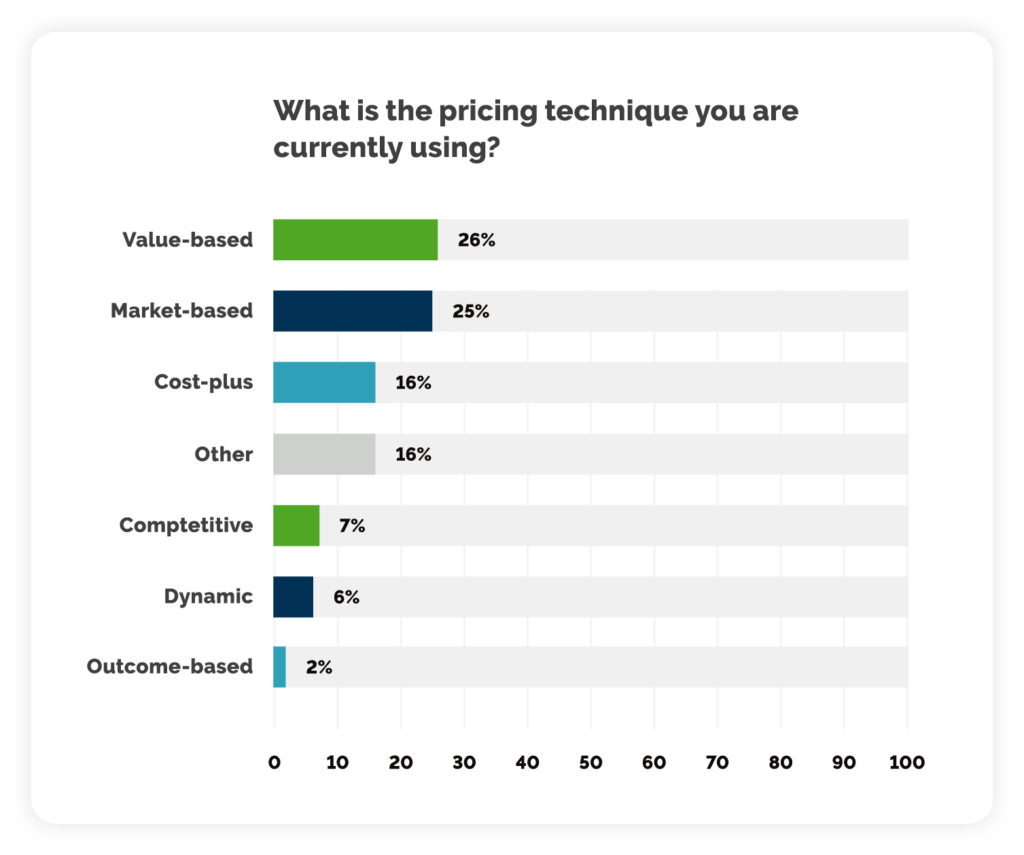Market Pricing
What is Market Pricing?
Market pricing, also referred to as market-based pricing, is a strategy used to set prices according to current prices in the market for the same or similar products or services. It gives businesses the opportunity to set higher prices initially before matching market prices to stay competitive while still growing return on investment. It isn’t without its challenges. The most common challenge of market pricing is determining the right price.
If your competitors have misjudged the market? Then your replication of price won’t be accurate. This could lead to further problems for you, including not being able to build your own customer base.
Market Pricing Factors to Consider
Aside from the market price itself, there are several factors to consider when implementing a market-based pricing strategy:
Production costs
If you’re selling a physical product, this includes the cost of materials, manufacturing costs, shipping, packaging, and employee hours. If you’re selling a service, it includes any equipment and/or supplies, employee hours, and operational costs.
Business expenses
You can’t simply charge what it costs to produce a product; you also need to factor in enough money to support your overhead (building costs, admin costs, etc.)
Customer demand vs. market saturation
If there’s a high demand for your service but very few people offering it in your area, you can charge more. Conversely, if there is a low demand for your service or if you have a lot of competitors, you may have to adjust your price downwards.
Industry average pricing
If you’re in an established industry that has generally set market prices, you will probably price your product accordingly. A price that’s too low can make customers equate your offering with an inferior product; a price that’s inexplicably high may turn customers away.
Competitors’ products and prices
If you have several serious competitors and their market prices are all similar, yours will probably be similar too – unless you’re chasing either the budget or prestige markets and want to use price as a key differentiator.
Product lifecycle
Products that have a short life (like smartphones, tablets, and other tech devices) tend to be priced lower the longer they are on the market.
Improve pricing agility and stay ahead of changing market dynamics with Vendavo Pricepoint.
Positioning Yourself in the Market
Understanding how you position yourself in the market will affect the price of your product and it can also help you develop a stable pricing strategy. Market pricing and market positioning often intersect in these areas:
The age of the business
If you’re just starting out and you’re looking to build up your client base, you may want to start with a lower price and then increase your price as you become more established.
Capital and cash flow
If you have a significant amount of cash in reserve, you don’t have to worry as much about covering operating and development costs (at least initially). In this case, you can start out with a higher price than you might otherwise have done; you don’t need to win clients in the same short timeframe. You can afford to be a bit more patient.
How you differentiate yourself from other competitors
Although price is often the biggest factor influencing purchase decisions, there are other factors involved – hence why you see brands in the same market with very different unique selling points. If you offer something that none of your competitors have, you can use that to attract a market share. And you won’t necessarily have to rely on low introductory rates to gain traction.
In each of the above factors, the average market price is not necessarily the right choice for that particular business. As a strategy, market-based pricing is dependent on industry, customer, and company-specific information – it’s important to take all of that data into consideration.
Market Pricing: The Good and The Bad
An HBR survey of B2B companies found that 85% of respondents felt their pricing decisions and strategies could improve. The lesson to draw from this is that your competitors may very well be making pricing mistakes, and all pricing strategies have their weak points. That said, what are the positives and negatives of market pricing?

- If you’re dealing with an established industry, market pricing usually provides accurate insight into what customers are willing to pay. If you charge a lower price than your competitors but provide similar quality, you have a good chance of attracting some of their customers. If you have something special to offer, you could justify a higher price point.
- An important thing to keep in mind is that market-based pricing is primarily concerned with the competition. To some extent, we could say that it’s focused on customers – but only to the extent that it considers what customers are willing to pay and what features they expect. As such, it tends to leave customer experience out of the equation when there are customer insight-based pricing solutions available that prioritize the customer.
- Another pitfall of market pricing can be its dependency on your competitors’ strategies. If their strategies fall short, yours may very well do so too. Even if their pricing structure has worked in the past, there’s no guarantee that it will work now or in the future.3
There’s no doubt that market pricing has its uses. At the very least, it makes a great benchmark and a good starting point for your research. But there’s a lot more to a successful pricing strategy, including price optimization. If your organization needs help with smart, data-backed pricing, dynamic pricing, revenue growth, or other areas, Vendavo is here to help.


